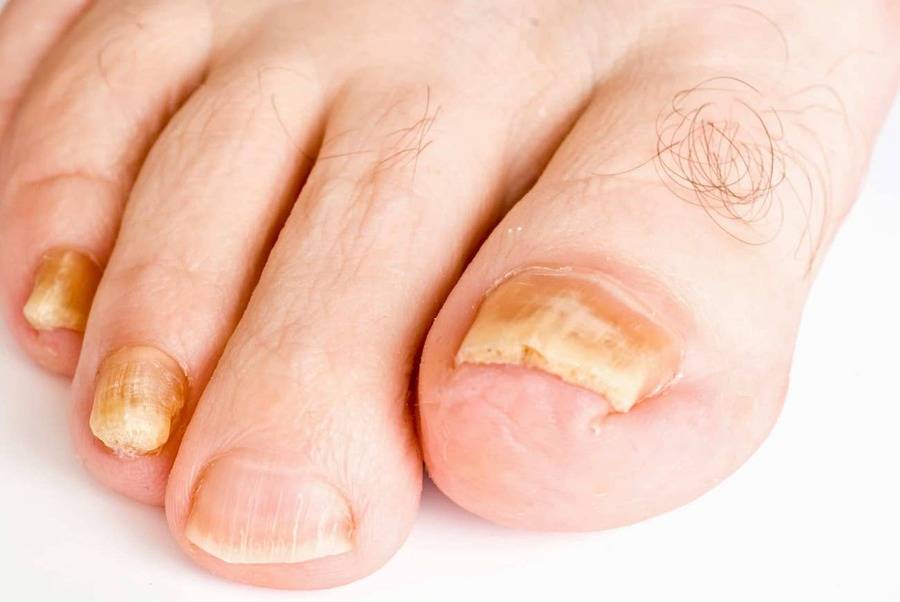How to Handle Toenail Fungus
Toenail fungus may seem like a minor concern at first glance, but failing to recognize it can lead to serious consequences for your foot health. In this brief article brought to you by Mountain Spring Podiatry, we will delve into the various aspects of toenail fungus, helping you understand its risks, causes, and treatment options.
We strongly recommend considering a visit to a podiatrist or foot doctor for both early diagnosis and routine checkups to defend your overall foot health. Residents in the area looking for a licensed podiatrist can call Mountain Spring Podiatry to schedule a convenient appointment.
Recognizing the Threat: Toenail Fungus at a Glance
Toenail fungus is a common condition that affects millions of people worldwide. It often starts subtly, with minor symptoms that can easily be dismissed or overlooked. However, ignoring toenail fungus can lead to severe complications and discomfort. Recognizing the signs early is crucial.
One of the first noticeable signs of toenail fungus is the change in color. Infected toenails may become yellow, brown, or even black, often accompanied by a dull, unhealthy sheen.
As the fungus progresses, affected nails tend to thicken and become brittle. They can be challenging to cut and may crumble easily. The infected nail may lose its normal shape, becoming irregular and jagged. This can lead to discomfort when wearing shoes or walking.
In advanced cases, toenail fungus can cause pain and discomfort, particularly when pressure is applied. Most embarrassingly, the infected nail may produce a powerful and awful stench.
How Toenail Fungus Takes Hold
Toenail fungus is caused by various types of fungi, with the most common being dermatophytes. These microscopic organisms thrive in warm, moist environments and can easily find their way into your toenails.
Walking barefoot in public showers, locker rooms, or around pools can expose your toenails to the fungus. Further, a damaged nail or compromised skin can provide an entry point for fungi. This is why keeping your feet clean and dry is so important!
In terms of vulnerability, older individuals are more susceptible to toenail fungus due to reduced blood circulation and slower nail growth. Conditions like diabetes or a weakened immune system can make you more prone to fungal infections.
Taking Action Against Toenail Fungus
Early detection and prompt treatment are essential for effectively managing toenail fungus. Fortunately, there are several treatment options available.
Over-the-counter or prescription creams, ointments, or nail lacquers can be applied directly to the affected nail. In severe cases, your doctor may prescribe oral medications to combat the infection from within.
For those who can’t wait, there’s laser therapy. Innovative laser treatments can effectively eliminate toenail fungus, often with minimal discomfort.
Why Visiting a Podiatrist Matters
The information we provide here is generic and may not apply to every individual. Podiatrists specialize in foot and nail health and can accurately diagnose the extent of the infection. They can also recommend the most appropriate treatment plan tailored to your specific condition.
To ensure the best possible care and outcomes, don’t hesitate to consult a podiatrist or foot doctor. Your feet deserve the best care, and a podiatrist can help you achieve that. Residents in the area are welcomed to call Mountain Spring Podiatry to schedule an appointment with a qualified podiatrist today.
